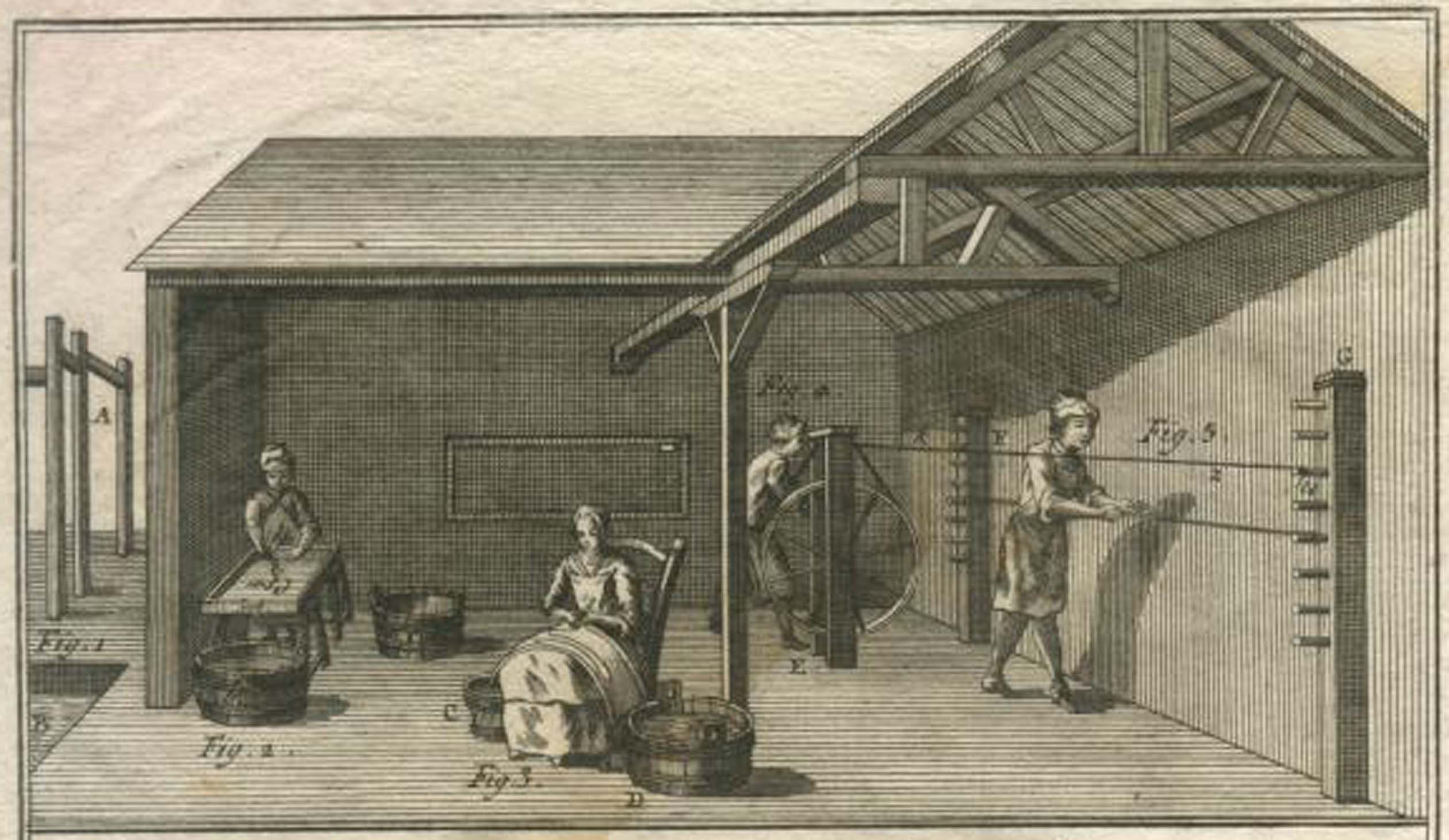The art of the traditional string maker, to which the Cordedrago workmanship is inspired, included various phases:
1) Collecting: the dealer gathered the butcher's guts collected in twelve-piece bundles from the butchers and brought them to the shop
2) Politura: everyone, without exception, collaborated to empty the guts immediately from the faeces, washing them then with abundant cold water
3) Skiving: the worker eliminated the external (serosa) part of the gut and the internal sub-mucosa through a cane cut in half lengthwise, rubbed against an inclined table, fixed on a lead-lined tank, called a rinfrescatore, which conveyed the waste through a spout in a special container
4) Tanning: in order to completely eliminate the fat and sub-mucosa residues, the intestines were subdivided by type and immersed in bowls, in which the ranno was previously poured, a kind of lye, that is water with dissolved ash from dregs of barrels, preserved in a special amphora
5) Scraping: on the guts previously treated with ranno, the residual non-muscular material was removed by means of a fingernail-shaped brass thimble; the operation was repeated several times alternating it with ever more concentrated tempers, until a thread was obtained, that is the exclusively muscular part of the gut, about 5% of its initial mass
6) Selection: the capatore was in charge of selecting the gut, setting aside the thinner and stronger one, destined for the cantini
7) Twisting: it was carried out by means of one or two hooks, made to rotate quickly and at the same time through a wheel driven by a crank, which twisted the coupled guts in the appropriate number and fixed to a rectangular frame by means of pegs
8) Striping with horsehair ropes: with a rope made of horsehair, soaked in tempering, the strings strung on the frame were rubbed to further degrease them and clean them from imperfections and improving their roundness.
9) Stove with sulfur: the frame with the strings still damp stretched on it was transported in a hermetically resealable stove, where the sulfur vapors contributed to whiten the gut and make it elastic; the operation could also be repeated for several days, until complete drying of the strings
10) Smoothing: the finishing was carried out by polishing the strings with horsetail abrasive leaves or with finely chopped pumice
11) Bath in oil: consisted in greasing the strings or even dipping them in olive oil, to protect them from humidity and soften them
12) gut: the string was finally wrapped in a hanks through the use of a shape, on which the string could be rolled up shaped like eight




